The Science Behind Trigger Words: Get More Clicks and Conversions
‘Wow,’ ‘Unlimited,’ ‘Last chance,’ ‘OMG!’
Did we get your attention? Even though you don’t know exactly what’s going on, your brain is already alert, searching for something interesting.
That’s the power of trigger words.

Marketers and SEO experts are constantly trying to perfect the secret formula for more clicks, conversions, and engagement. Since you’re reading this post, it’s safe to say you’re on the same journey.
Is triggering a good tactic, though? It can be – if you understand the science behind these phrases instead of inserting them blindly into your copy.
But what exactly is a trigger word, and how should you use it? We’re glad you asked. All the answers are waiting for you in this guide.
Contents
What Are Trigger Words?
The trigger words definition is rather straightforward – these are words and phrases that evoke an emotion and create a sense of urgency or prompt people to take a desired action (e.g., signing up for your newsletter or making a purchase).
Basically, you are dealing with phrases that bring to mind one of the many feelings.
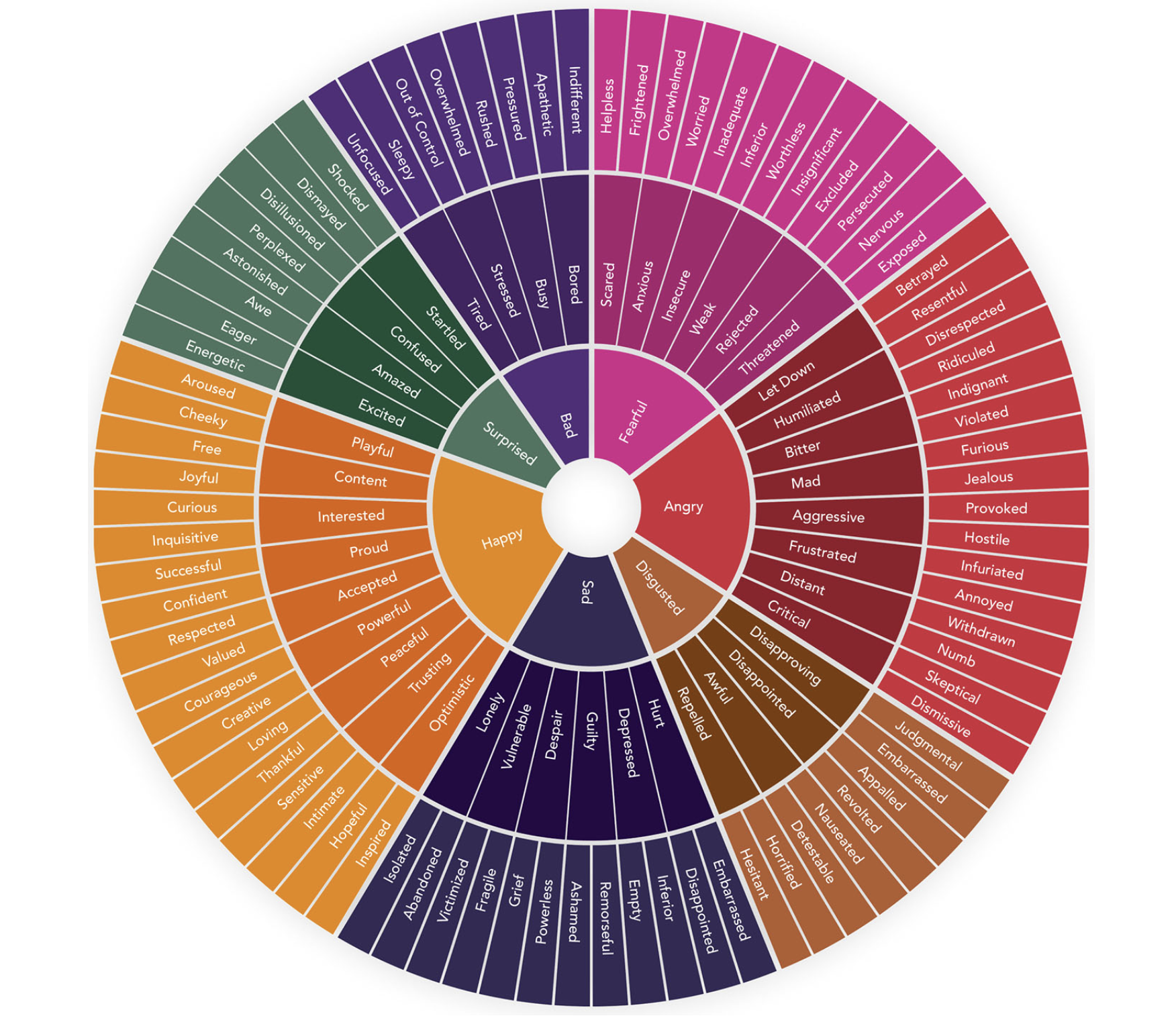
Source: Feelings Wheel
Like pulling the trigger, these phrases convince people to finally take a plunge after reading your web copy, press release, or guest posts you’ve got as paid backlinks for SEO.
We’ve all seen trigger words examples like ‘Click here now to get 50% off your next order’ or ‘Last chance to get your dream home at a giveaway price!’ These are all trigger phrases.
Some can cause a not-so-happy feeling but still encourage people to take positive action. For example, trigger words that cause anger, like ‘agony,’ ‘powerlessness,’ and ‘betrayal,’ can serve as a catalyst to push people to do something if they see a solution to their problem.
But why do marketers use these triggers anyway? There are many reasons. But the ultimate one is that understanding the science behind them is key to improving clicks and conversions.
Yep, you read that right. Using the right words can lead to positive changes in content’s performance.
The Psychology of Trigger Words: Why Do They Improve Clicks & Conversions?
At this point, you are probably thinking: ‘No way! How can a couple of trigger phrases change anything?!’ Well, you will be surprised after reading this section.
To understand why this concept works, let’s dissect the phenomenon like a couple of scientists.
We won’t dive into neurobiology now, but long story short – our brain has different regions responsible for logic and emotion, and the ‘emotional’ region reacts faster. Here’s how it goes:
- See that violet part called the amygdala in the image below? It reacts almost immediately to stimuli, especially threat or fear. Originally, it was our body’s response to a tiger or a bear, but now, it triggers FOMO and drives us to make irrational purchases.
- Next, the hippocampus (the blue part) adds memories and context to the initial emotional response. That’s why when an ad brings us back to sweet moments in our lives, we feel good and start associating that brand with something nice.
- And finally, sometime after the emotional response, the prefrontal cortex (our thinking center) comes into play. This part of the brain starts analyzing only after we’ve already felt something.
Now, you understand why people say we make emotional decisions first and then justify them logically. It’s just how our brain works.
And this is exactly why using emotional trigger words in your copy can be such a game-changer. It’s almost like playing some kind of Jedi mind trick.
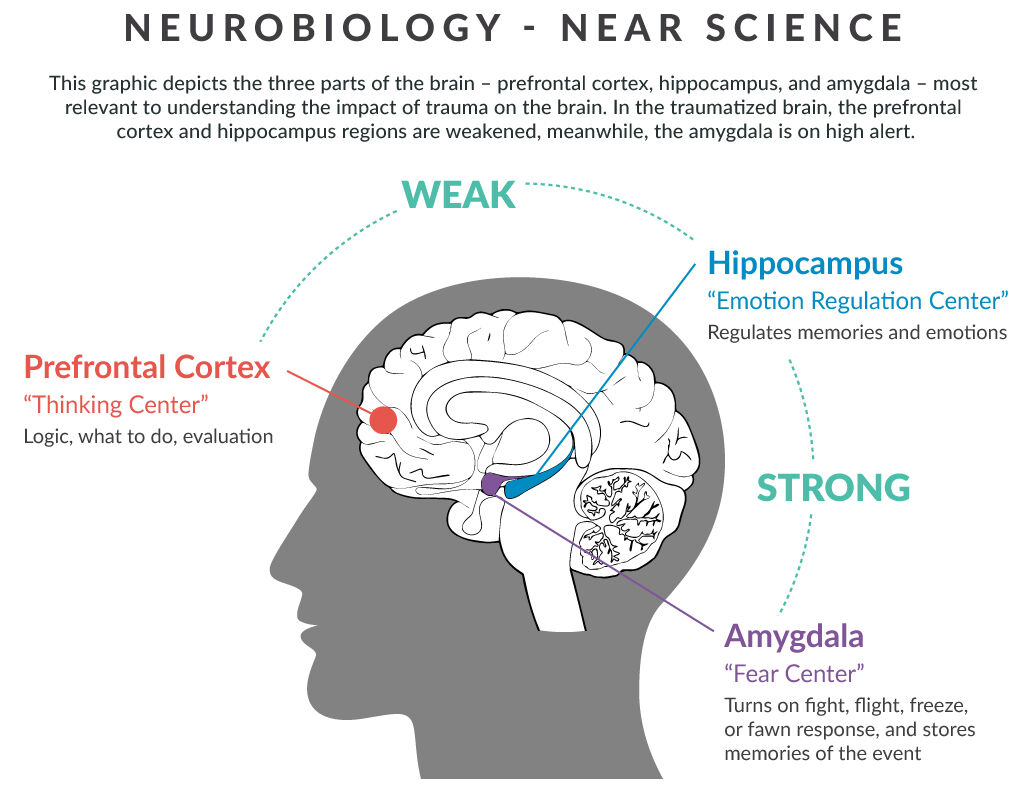
Source: NASTAD
Okay, cool, this all sounds pretty convincing, but what hard evidence is there to support all these theories?
Well, research shows that emotions are 3000x quicker than rational thoughts, and the most important indicator of sales is whether people emotionally perceive you or your message as likable.
Another study shows that 86% of consumers buying choices are influenced by emotions — specifically, ten emotional needs. People want to feel confident, understood, successful, smart, etc. That’s why your copy should aim to connect with these emotions.
Negative, Transactional & Positive Words
Still, the results will depend on how you use this tactic. The first thing you have to know is the tones of trigger words. For example:
😭 Negative trigger words. It’s pretty easy to guess from the name that these make you feel sadness, fear, or other negative emotions. Marketers use these to grab attention and then offer their product/service as the solution.
Negative trigger word examples are words like:
- Limited time offer
- Last chance
- Hurry
- And other phrases that cause the fear of missing out (FOMO) effect.
😑 Transactional trigger words. These words convince people to buy something or sign up for a service.
For example:
- Buy two and get one free
- Get instant access to XYZ after signing up
- Free delivery for purchases $100+
😁 Positive trigger words. These are more like words that evoke happy memories and make you feel good. Usually, companies try to make the customer associate those great feelings with their brand.
For example, using trigger words that evoke happy childhood memories or commemorate public holidays (e.g., ‘Happy Mother’s Day! Grab the 65% Mother’s Day discount’) tends to work well.
Other examples include:
- Yes, we give special discounts to veterans
- We accept all payment cards
- Our products are FDA-approved
Types of Trigger Words and Their Effects
There are many possible types of triggering words. We’ve already seen that they can be positive, negative, and transactional, but that’s not all. You also have to understand that each of them evokes a different emotion. Like what?
Urgency Words
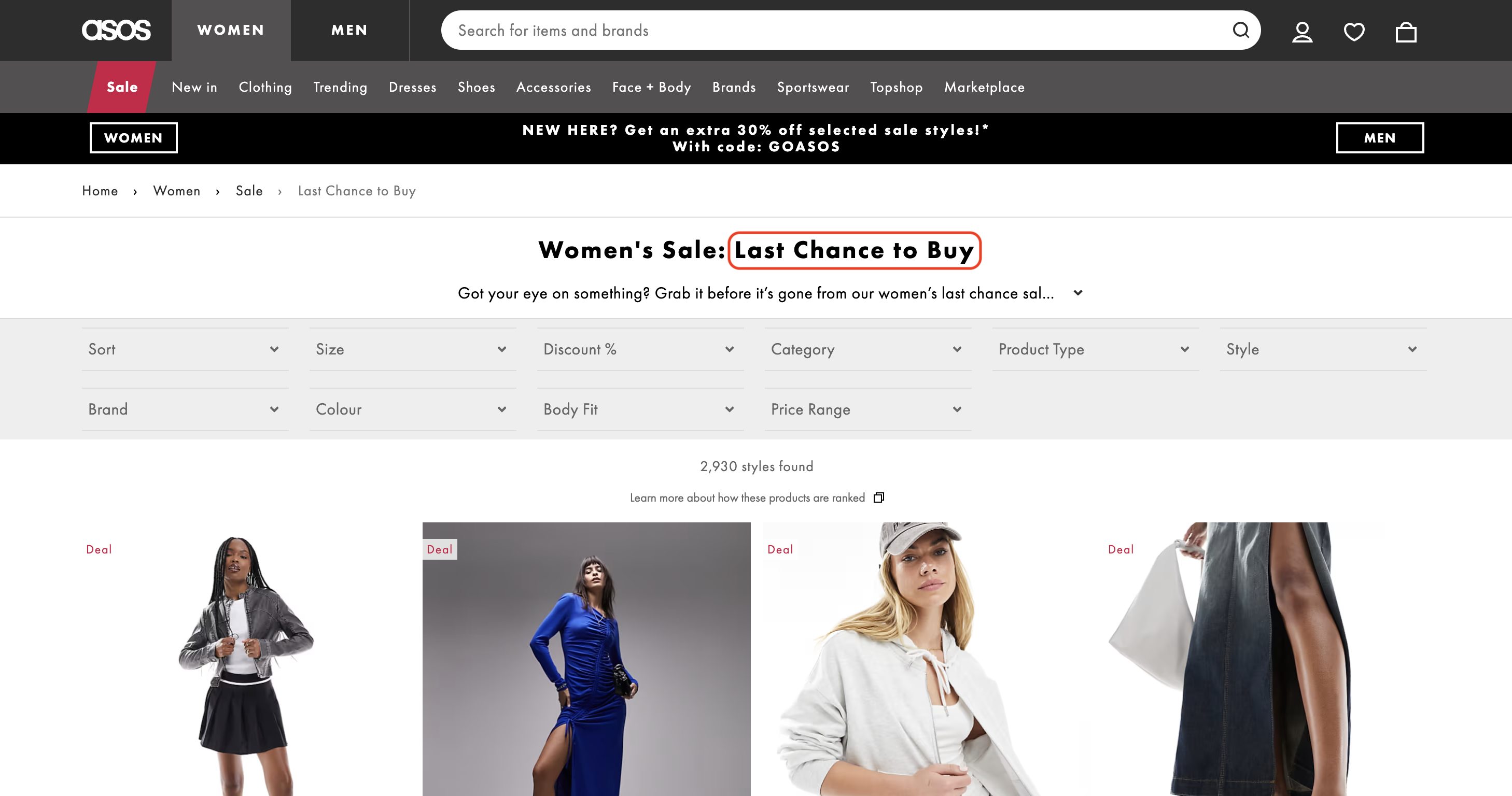
Source: Asos
👉 Examples of urgency trigger words:
- Do it now
- Last chance
- Limited time
Know that feeling at a wedding when the priest goes, ‘Speak now or forever hold your peace?’ Yeah, an urgency trigger phrase is kind of like that.
They create this sense of time pressure to make you feel like if you don’t get on board right this moment, you might never get the opportunity ever again.
Curiosity Words

Source: Ponds
👉 Examples of curiosity trigger words:
- Secret
- Uncover
- Discover
Kind of like dangling the proverbial carrots, this type of phrase arouses readers’ curiosity and interest and makes them really want to click your link to learn more.
You see them used on social media platforms like Instagram a lot, where creators ask people to send a DM to get something in return.
Social Proof Triggers
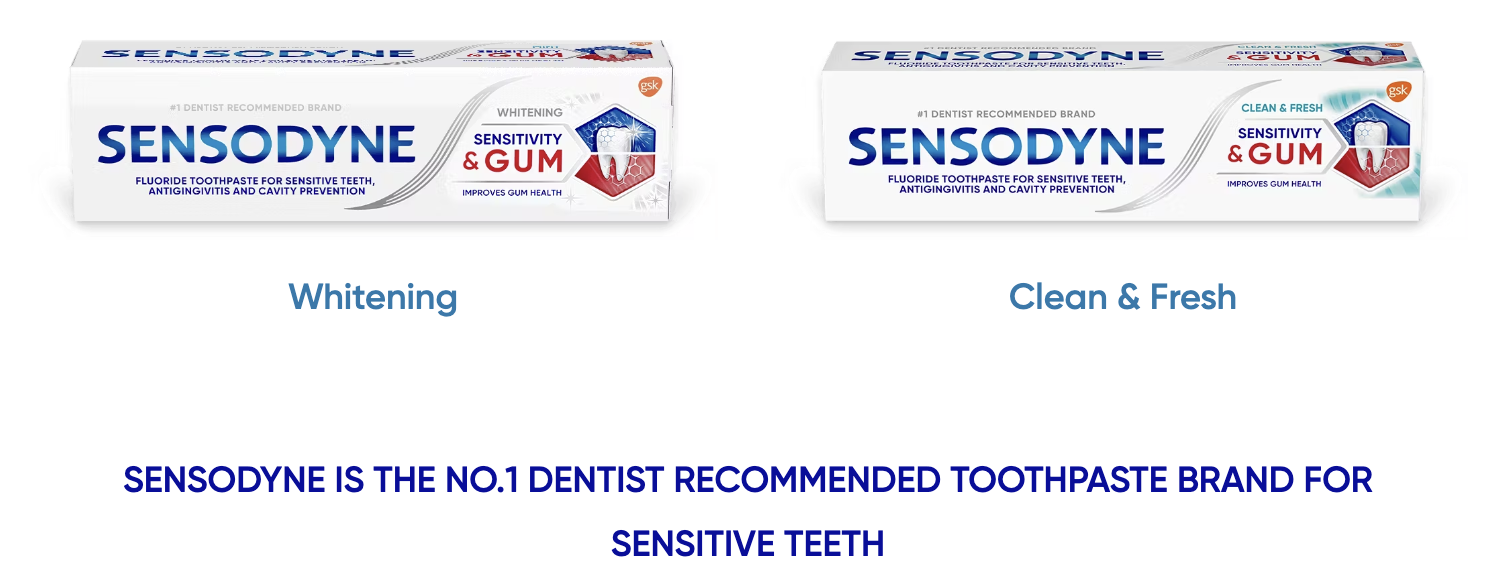
Source: Sensodyne
👉 Examples of social proof trigger words:
- 9 out of 10 experts recommend this
- 80,000 people have already signed up
- Moms vote XYZ the most kid-safe
People trust people. So, being able to use trigger words that show that others have vouched for your product or service is a surefire way to gain more clicks.
Still, you have to make sure your claims are not only true but also verifiable. This part is pretty important as you don’t want to lose your readers’ trust before you’ve even had a chance to turn them into lifelong customers.
Power Words
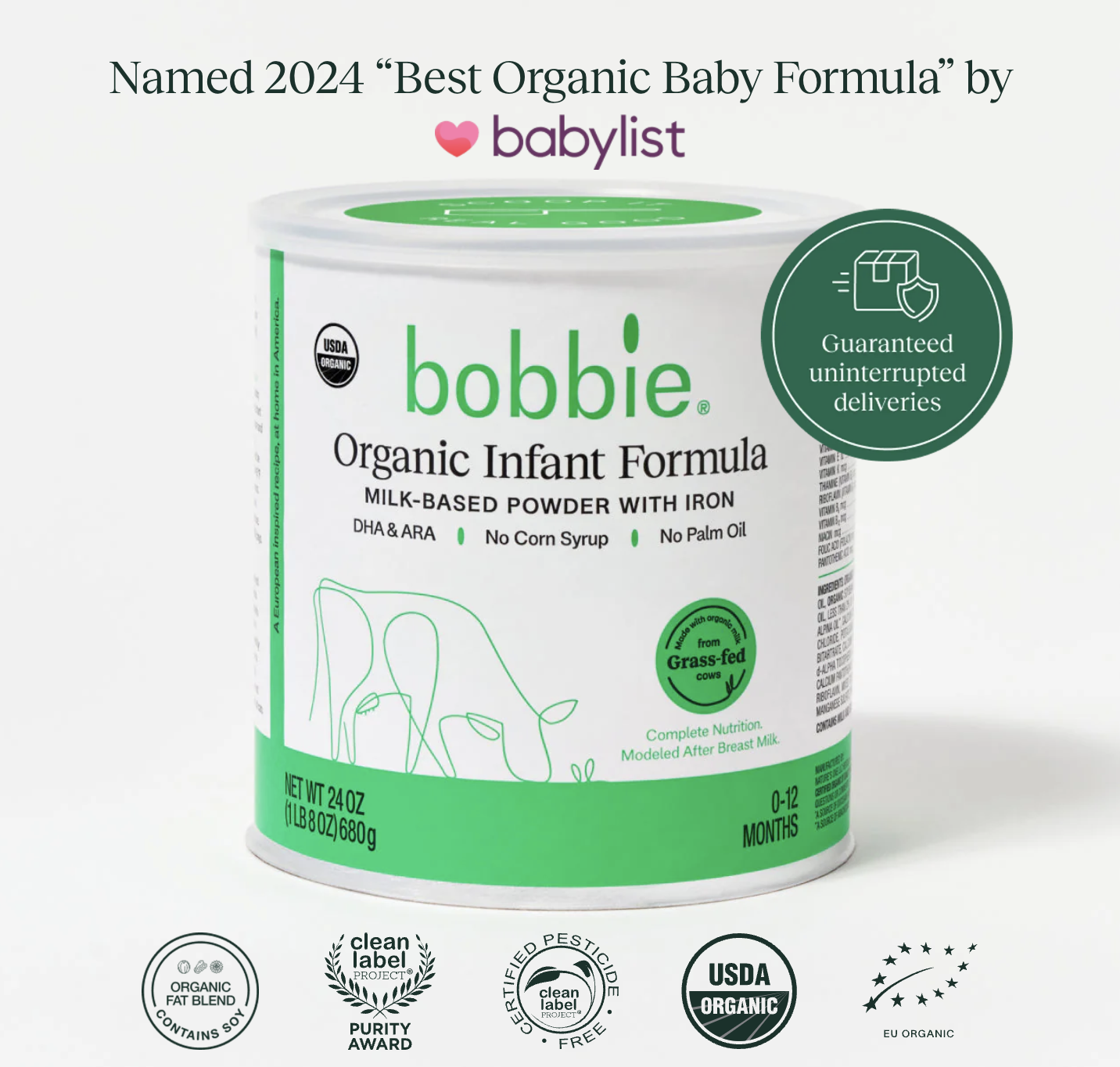
Source: Bobbie
👉 Examples of power trigger words:
- Guaranteed
- Proven
- Revolutionary
In some circles, trigger words are also known as power words. Power trigger words give off confidence and assurance, making the user trust that you know what you’re doing.
Even better, when people click and buy from you, it gives them a confidence boost that they are making smart choices.
Fear and Loss Words
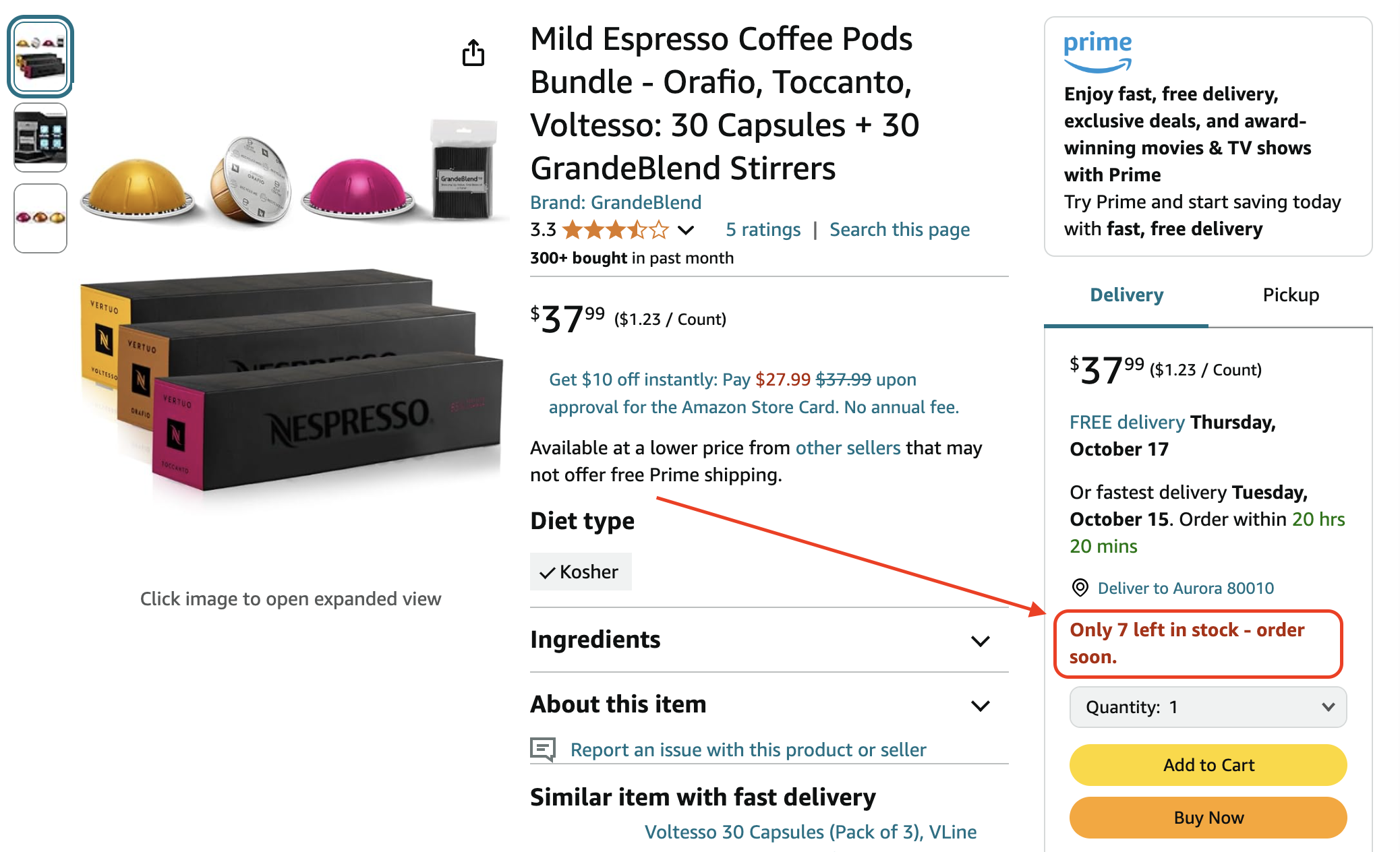
Source: Amazon
👉 Examples of fear-and-loss trigger words:
- Don’t miss out
- Only X left in stock
- Once in a lifetime offer
There are many examples of trigger words in this category, but what they all do is tap into the fear of missing out or loss (like urgency words do).
At a primal level, no one wants to be left out, so phrases like this have a scary and oddly compelling effect on people.
How to Use Trigger Words Effectively
As Uncle Ben once said, ‘With great power comes great responsibility.’ Now that you know most of the common trigger words, the next big thing is to figure out where to use them for the best effect.
Headlines and Subject Lines
Since this is always the first thing that catches the eyes of your readers, you want to make it count.
So, add your positive trigger words here. This is the best place to grab your readers’ attention and pull them through the rest of your content. At this stage, many love to use arousal trigger words like ‘allure,’ ‘enticing,’ ‘surprising,’ ‘insider,’ etc.
After all, it is much more interesting to have a headline or subject line that invites them to ‘Discover the secret to reviving youthful looks in your 80s (proven by experts)’ than, say, one that reads ‘Newsletter Issue #9074’.

Source: Buzzfeed
By the way, don’t just stop at polishing your own copy. If you’re working on your link building, make sure to improve your title, even if you’re submitting a guest post to someone else’s site. This way, you can get more attention and potentially more traffic.
Call-to-Actions (CTAs)
CTA is definitely one of the best places to have words that trigger emotions, as the entire idea behind a call-to-action is to get people to pull the trigger (i.e., act). This has a great potential of drawing attention and improving your click-through rates.

Source: Udemy
It’s even better when you use words that trigger dopamine (e.g., win, success, you’ve earned it, congratulations, etc.), as this helps people emotionally connect and respond positively as a result.
Product Descriptions and Landing Pages
Maybe now you’re wondering, ‘What’s a trigger word doing in a product description and a landing page?’ But think about it.
Your product description is where you try your best to build trust and sell the features and benefits of your products.
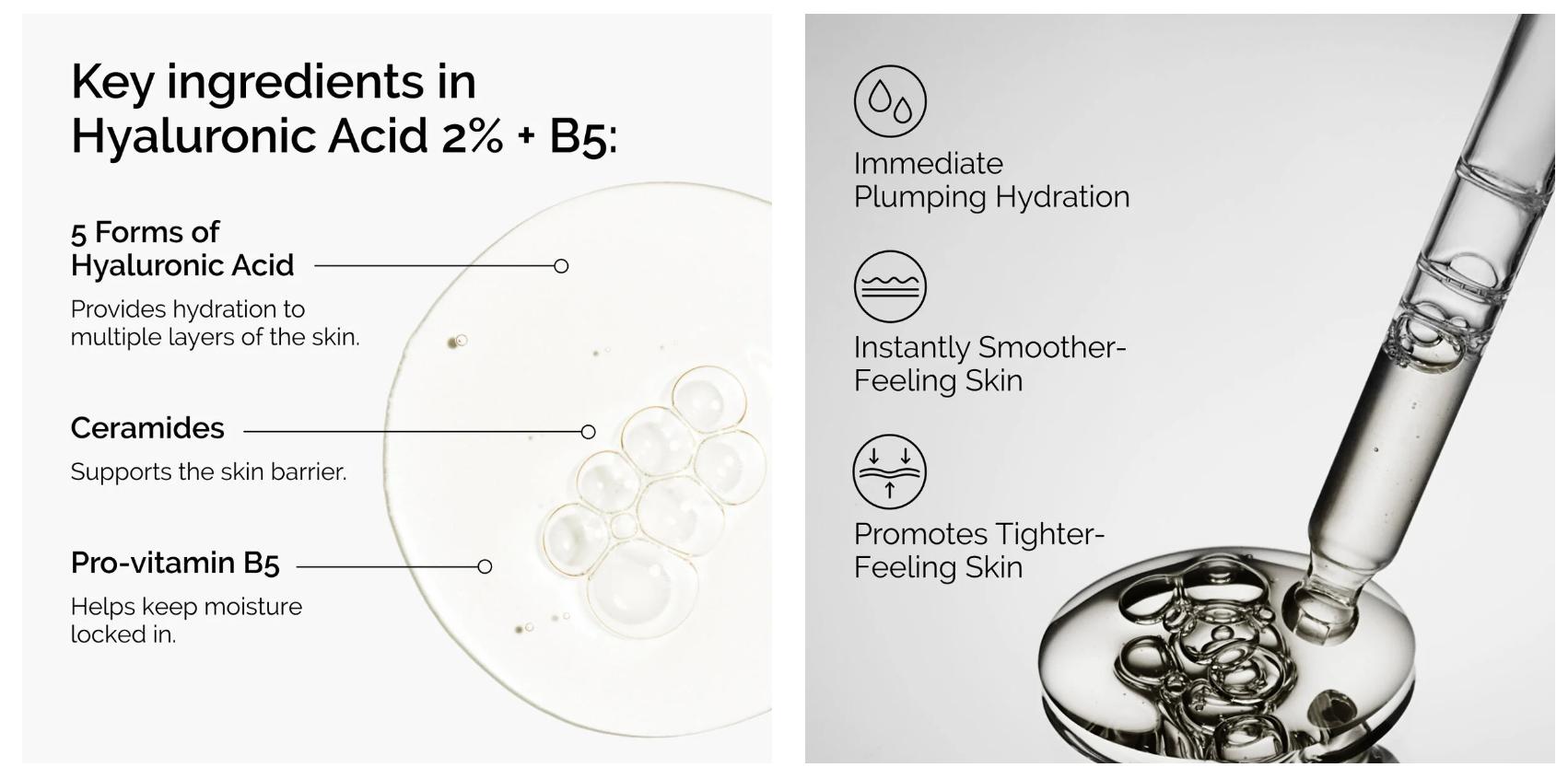
Source: The Ordinary
As for the landing pages, they are used in almost any sales strategy because they focus on a highly converting copy. And what improves conversions? Exactly – trigger phrases.

Source: Masterclass
After all, what is a better place to use triggering words that have been specifically coined to drive action?
Emails and Social Media Posts
Believe it or not, there’s nothing like trigger words to get that engagement metric going when used in an email campaign or your social media posts. Trigger words in communication are meant to help your content stand out and tap into the feelings of your audience.
This way, it entices people to continue reading and do the desired action (aka convert). Of course, the effect is better when you use the phrases naturally and also take care not to spam your content with them.
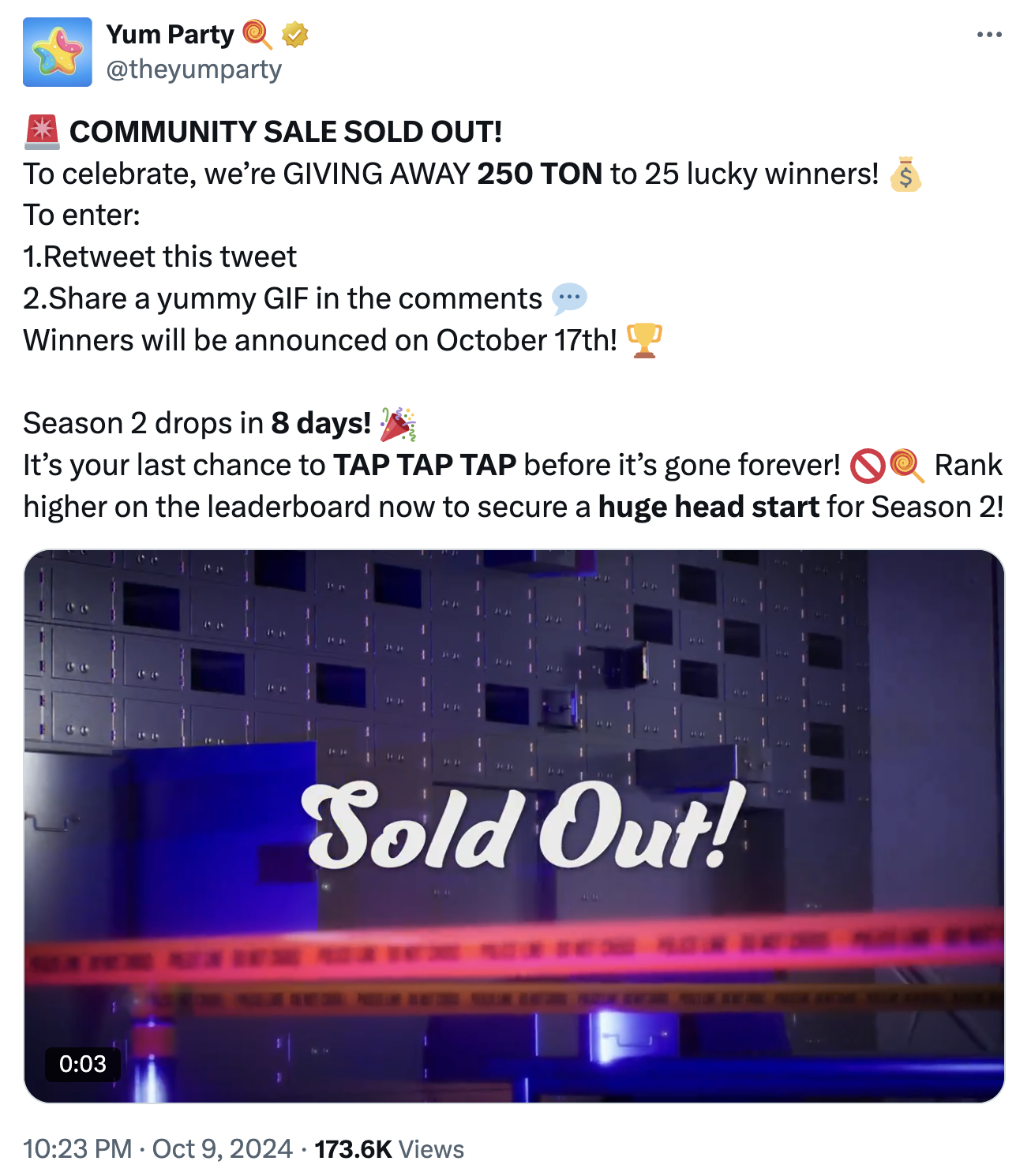
Source: @theyumparty on X
One word of caution – before you try out any trigger language words, take your time to run a little A/B testing of different phrases to see which ones work best for a specific audience. How do you know which one to pick?
The success, in this case, is measured in click-through rates, conversions, and engagement. So, when there is an increase, you know it’s a sign you are doing something right.
Common Mistakes to Avoid When Using Trigger Words
At this point, knowing how powerful trigger words are, it’s tempting for some to get a little ‘trigger-happy’ with them. Yet, here are some things to keep in mind:
Mistake #1 Going Overboard
The first thing to keep in mind is that you do not want to become the boy who cried wolf. That’s what happens when businesses use trigger words as clickbait.
After all, if you describe everything as urgent or exclusive, then nothing really is. At some point, people will no longer trust you.
You don’t want that to happen, do you? So, make sure you only use trigger words where and when they actually apply and not just randomly sprinkled everywhere.
At the end of the day, these phrases are meant to enhance, not become the whole message by themselves.
Mistake #2 Being Too Dramatic or Sensationalist
Try to be sensitive when using certain phrases, especially those on the negative trigger words list. For example, using ‘disgusting,’ ‘horrific,’ or even ‘shocking’ can evoke strong negative feelings and discourage some people from checking out your content.
In the same way, using words with triggers that make people feel anxious, like ‘catastrophic’ or ‘end times,’ can really alienate your audience, especially if they have trauma around those words.
So, while fear-based marketing and negative trigger phrase examples may work, they are also not to be used all willy-nilly.
Mistake #3 Thinking That It Works for Every Business
Last but not least, remember that trigger words aren’t one-size-fits-all. Some brands simply don’t need them – at all.
If you’re a minimalist, sustainable brand, using phrases like ‘buy now’ or ‘buy 1, get 2’ feels out of place, at the very least.
Similarly, if you’re a non-profit organization saving lives, throwing around words like ‘ultimate,’ ‘secret,’ or ‘unlimited’ can leave people thinking, ‘Huh? What’s going on here?’
Conclusion
So, we have come a long way from figuring out trigger words meaning to picking the best tips for making them effective.
As you see, you don’t even need the list of trigger words to start working with them – you simply have to understand the science behind them.
Now, go and check where your copy can benefit from these emotional phrases. Yet, whatever you do, remember to use triggers organically in the context where they naturally make sense.
Enter URL & See What We Can Do Submit the form to get a detailed report, based on the comprehensive seo analysis.





